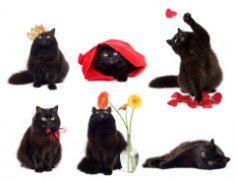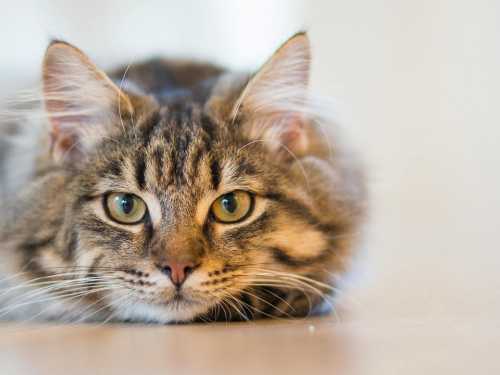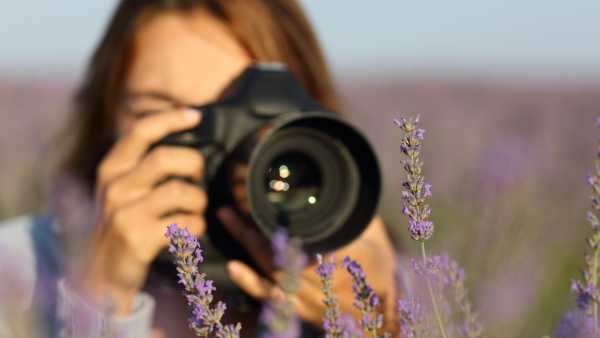
Today's conversation about cats is best started with how they are physically “built,” or more precisely, with the interesting features of their structure. So:
Anatomy and physiology
A cat's skeleton consists of 230 bones (24 more than a human's). Because cats lack proper collarbones, they can fit through small openings. It's estimated that an average-sized adult cat can squeeze through a 10-centimeter hole.
True, this space is unlikely to be enough for the largest domestic cat, Himmy, who lives in Australia and weighs 24 kg, but the smallest, Mr. Peebles from Beijing, weighs only 1.3 kg, so even less would be sufficient. Moreover, the joints of their paws are designed in such a way that their paws can turn more freely than our arms and legs.
A cat has a unique nose print—it's as unique as a human fingerprint. Furthermore, the presence of 32 muscles in each ear allows them to rotate these auditory locators nearly 180 degrees.
Cats sense sound three times more intensely than humans (and they “communicate” using 100 different sounds). By comparison, dogs can only detect about 10! They can detect even more smells, 14 times more intensely than humans! Their vision is six times better, and they can run at speeds of up to 50 km/h. Their whiskers play a vital role: they not only act as a sensor but also act as a detector for directing air currents, allowing them to accurately navigate obstacles in the dark without even touching them, as well as hunt.
Nutrition
In the US, owners spend $4 billion on food for these pets. Incidentally, infant formula costs a billion less. And homeless creatures have to find their own food. For example, on Frajos Island in the Indian Ocean, only cats live—the descendants of those who managed to survive a shipwreck in the late 19th century. They feed on fish, crustaceans, and sea urchins.
High patrons
Persons of high rank had a remarkable passion for cats. The famous chess player Alekhine had a cat named Chess, whom he considered a talisman and brought to all his games. Cardinal Richelieu kept 12 cats in his apartment, and Hemingway had an incredible 150.
Financial support
Cat museums in Moscow, Vsevolozhsk, Yekaterinburg, and the village of Koshki near Samara, as well as in Switzerland, Austria, Germany, France, and the Czech Republic, employ cats as guards. In Austria, cats are awarded a lifetime pension of milk, meat, and broth for several years of conscientious work guarding warehouses.
In the UK, Wilbur Force, the cat who guarded the Prime Minister's residence, was occasionally honored by attending cabinet meetings. Finally, in Little Rock, USA, an annual 150-meter cat race is held, with winners receiving a $2,000 prize.
Switzerland has quite a few cats with their own bank accounts. Two such wealthy individuals have already been fined two pounds sterling by the Society for the Protection of Birds “for the systematic killing of birds.” The richest of them is Rosalind Che, a Siamese cat, who was left a £750,000 inheritance by her owner.
Treatment
Interacting with cats has beneficial health benefits for their owners. Their purring, for example, strengthens the skeletal system in the elderly. Petting a cat lowers heart rate and blood pressure. As early as the 18th century, some mental hospitals employed cats whose job it was to pet violent patients.
Look at what amazing creatures cats are!





